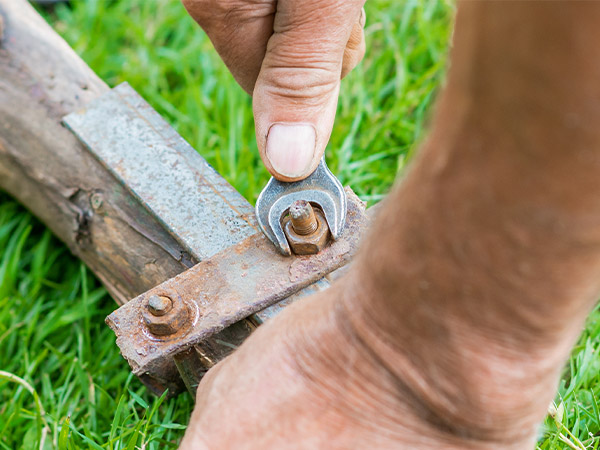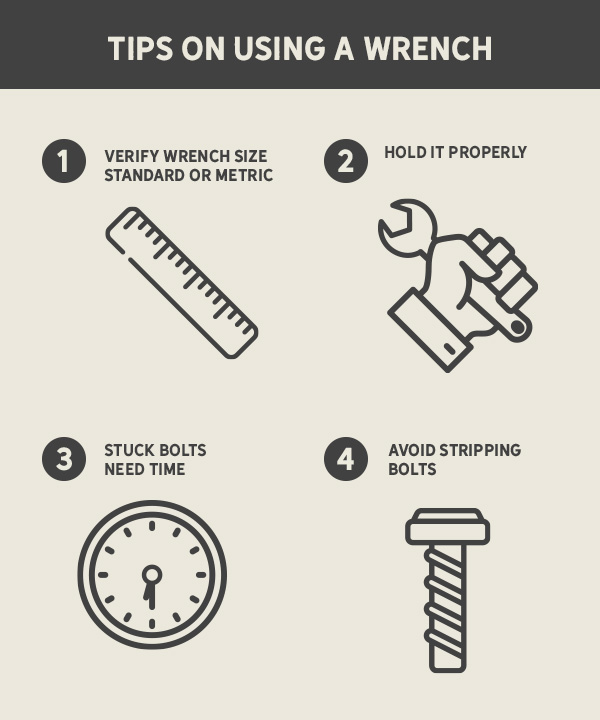

From Open-End to Torque: The Many Types of Wrenches
Ah, the wrench—a humble yet indispensable hero of any toolbox. Whether you're assembling a tree house or tackling a stubborn plumbing fixture, chances are you'll reach for one. But with so many different types of wrenches—and materials available—how do you know if you've got the right wrench for your next project? Understanding how a wrench works, and why certain features matter, can make all the difference between a smooth fix and a stripped bolt.
The Power of Torque and Materials that Matter
At its core, a wrench is designed to do one thing exceptionally well: provide grip and leverage to tighten or loosen fasteners like nuts and bolts. It achieves this through torque—a twisting force that causes rotation. When you apply force to a wrench handle, it multiplies your effort, making it possible to move fasteners that would be impossible to budge with your bare hands.
It's important to understand how torque works. Torque (for the physics fans) is force times distance from the pivot point. Think of a door handle and how far it is from the hinges. The farther away it is, the easier it is to open the door. The same with a wrench. The longer the handle, the greater the torque, though longer tools may trade off some control.
Just as important as the design is the material: basic wrenches are often made from carbon steel, valued for its strength but prone to rust without a protective coating. On the higher end, chrome vanadium steel offers excellent durability and corrosion resistance—ideal for heavy-duty use, though it comes with a higher price tag and added weight.


Types of Wrenches
With so many wrenches out there, choosing the right one can feel overwhelming. But, each type is designed with a specific task in mind. Here's a breakdown of the most common types and how they're typically used:
- Adjustable (Crescent) Wrench- This versatile wrench has a movable jaw that allows it to fit a variety of nut and bolt sizes. It's perfect for general-purpose use when you don't have the exact wrench size on hand, though it can be prone to slippage if not tightened properly.
- Open-End Wrench- With U-shaped jaws on both ends (one smaller than the other), this wrench is for quick adjustments where there's not enough room to fully surround a fastener. Just note it offers less grip than closed-end styles.
- Combination Wrench- As the name suggests, this tool combines two types of wrench heads: one open-end and one box-end. The open end is great for speed, while the box end provides a more secure grip—ideal for both loosening and tightening in tighter spaces.
- Box Wrench- These wrenches have closed, ring-like ends that surround the bolt completely which gives it a secure grip and torque without slipping. Some are offset so you don't scrape your knuckles.
- Ratchet Wrench- Also called a socket wrench, it features a ratcheting mechanism that allows you to turn fasteners without removing and repositioning the tool. Good for automotive projects.
- Short-Body Wrench- Also known as stubby wrenches, these compact tools are made for tight, confined spaces where a standard wrench can't fit.
- Pipe Wrench- For plumbing work, this wrench is heavy-duty.
- Hex Key (Allen Wrench)- A small, L-shaped tool used for screws and bolts with hexagonal recesses. Common in furniture assembly, bicycles, and electronics. Project kits often include them.
- Strap Wrench- This unique wrench uses a rubber or fabric strap to grip round or irregular shapes without hurting the surface.
Specialty Wrenches
In addition to the common types, there are specialized wrenches made for niche tasks:
- Crowfoot Wrench- A head-only wrench designed to work with a ratchet handle in tight or recessed spaces, especially where a full wrench won't fit.
- Basin Wrench- A long-handled tool with a swiveling jaw, perfect for reaching up behind sinks to tighten or loosen faucet fittings—tasks that are nearly impossible with standard tools.
- Automotive Wrenches- These include a variety of shapes and mechanisms—like serpentine belt tools or flare nut wrenches—specifically designed for vehicle repair and maintenance.
- Chain Wrench- This wrench wraps around an object (like a pipe) using a metal chain, giving a firm grip for turning or holding large cylindrical surfaces. Useful for plumbing or heavy equipment work.
- Torque Wrench- A precision tool designed to apply a specific amount of torque to a fastener. Essential in automotive, aerospace, and machinery work where over- or under-tightening could cause damage or safety issues.


4 Tips on Using a Wrench
Wrenches are great tools to have in your toolbox. Here's how to get the most out of them:
- Avoid stripping bolts- This happens when you use the wrong size wrench. This hurts the bolt you are trying to tighten or loosen and can damage the threads.
- Hold it properly- Remember how torque works? Use the full length of the handle to get the most leverage.
- Stuck bolts need time- Don't apply too much force when trying to remove a stuck bolt. Use oil to help loosen the bolt before trying again.
- Standard or metric- Depending on the bolt you may need to use a standard wrench with measurements in inches. This is standardized by the Society of Automotive Engineers. Or you may need to use a metric wrench with units in millimeters.
Believe it or not, we didn't cover all the different types of wrenches out there! If you need help deciding which wrench to use, stop by your local McCoy's where we'll gladly talk wrenches—you might just need to politely cut us off.
